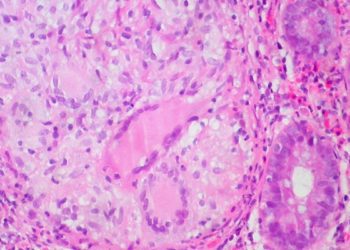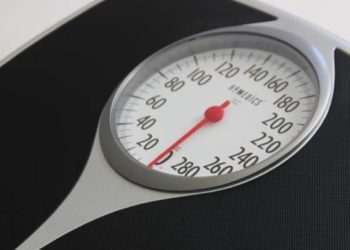Physical activity calorie equivalent menu labeling may promote exercise
1. Parents using unlabeled fast food menus (those lacking information about calories in the food item) ordered significantly more calories for their children than those with labeled menus.
2. More parents reported that they would be “very likely” to encourage physical activity for their children when using the physical activity calorie equivalent (PACE) fast food menus as opposed to using the calorie labeled menus alone.
Study Rundown: Recent health policy has mandated the posting of calorie amounts on menus for foods at large chain restaurants, but recent studies have shown conflicting results about the effectiveness of reducing total calorie consumption. Previous research has demonstrated that calorie consumption was reduced if activity equivalents required to burn the calories in that particular meal item were posted. The current study examined how this method impacted the choices of food items that parents selected for their children and the subsequent encouragement of physical exercise. Parents who were health literate tended to order significantly lower calorie meals for their child. Groups with any calorie- or PACE-labeled menus ordered fewer calories. More parents were “very likely” to encourage their child to exercise when using the PACE menus than the calorie menus alone. This study may be limited by its hypothetical scenario. Nonetheless, these findings could help to limit calorie consumption in fast food restaurants and encourage more physical activity in children.
Click to read the study, published today in Pediatrics
Relevant Reading: Prevalence of obesity and trends in body mass index among US children and adolescents
Study Author, Dr. Anthony J. Viera, MD, MPH, talks to 2 Minute Medicine: Department of Family Medicine, University of North Carolina at Chapel Hill.
“Placing calorie labels on menus, especially at fast-food restaurants, seems like a great idea, but research shows that it is not very effective in getting people to order meals with fewer calories. Our preliminary work suggests that labels depicting the average physical activity calorie equivalent (e.g., miles to walk to burn the calories) might be more effective than calorie-only labels in prompting adults to order fewer calories. We wondered how such labeling might translate to how parents order fast-food meals for their children. We also considered that such labeling might encourage parents to try to get their children to exercise. Our research suggests that we may be on to something; that is, the benefits of these labels may transfer from parent to child. Now we need to examine the effects of this kind of labeling on real-world food purchasing and physical activity, both for adults and children.”
In-Depth [cross-sectional study]: A total of 823 parents (72% women, 72% Caucasian) recruited from Survey Sampling International were included for analysis. Participants were randomized to 1 of 4 labels for menu items: no labels, calories only, calories plus minutes of walking to burn the food item’s calories, or calories plus miles of walking to burn the calories. Parents were then asked to place a hypothetical order for their child using a generic fast food menu. Health literacy was evaluated using the Newest Vital Sign (a previously validated survey), and was “adequate” in 55% of participants. Average meal ordered by parents for their child totaled 1125 calories. Parents with “adequate” health literacy ordered a significantly lower amount of calories (p < .0001). Groups with any label at all ordered about 200 few calories than the group with no labels (p = .0001), while the amount of calories ordered among the groups with menu labels did not differ significantly. More parents said they were “very likely” to encourage their child to exercise when using the PACE-labeled menus (calories plus miles walking and calories plus minutes walking) when compared to the calories only menu (p < .0001 for both).
More from this author: Socioeconomic gradient in childhood cognitive ability likely multifactorial, Head Start linked to healthy changes in BMI, Updated sports physical from not required in most states, Many NICU deaths associated with potentially modifiable factors, Use of infant bedding remains high despite recommendations
Image: CC
©2014 2 Minute Medicine, Inc. All rights reserved. No works may be reproduced without expressed written consent from 2 Minute Medicine, Inc. No article should be construed as medical advice and is not intended as such by the authors, editors, staff or by 2 Minute Medicine, Inc.







